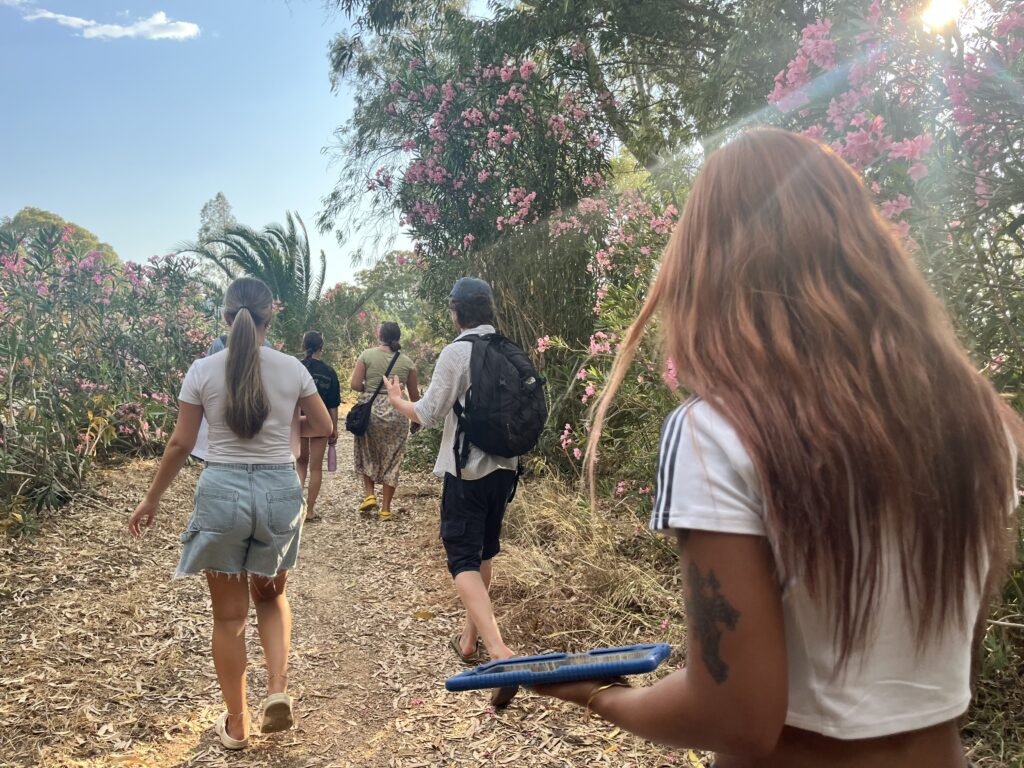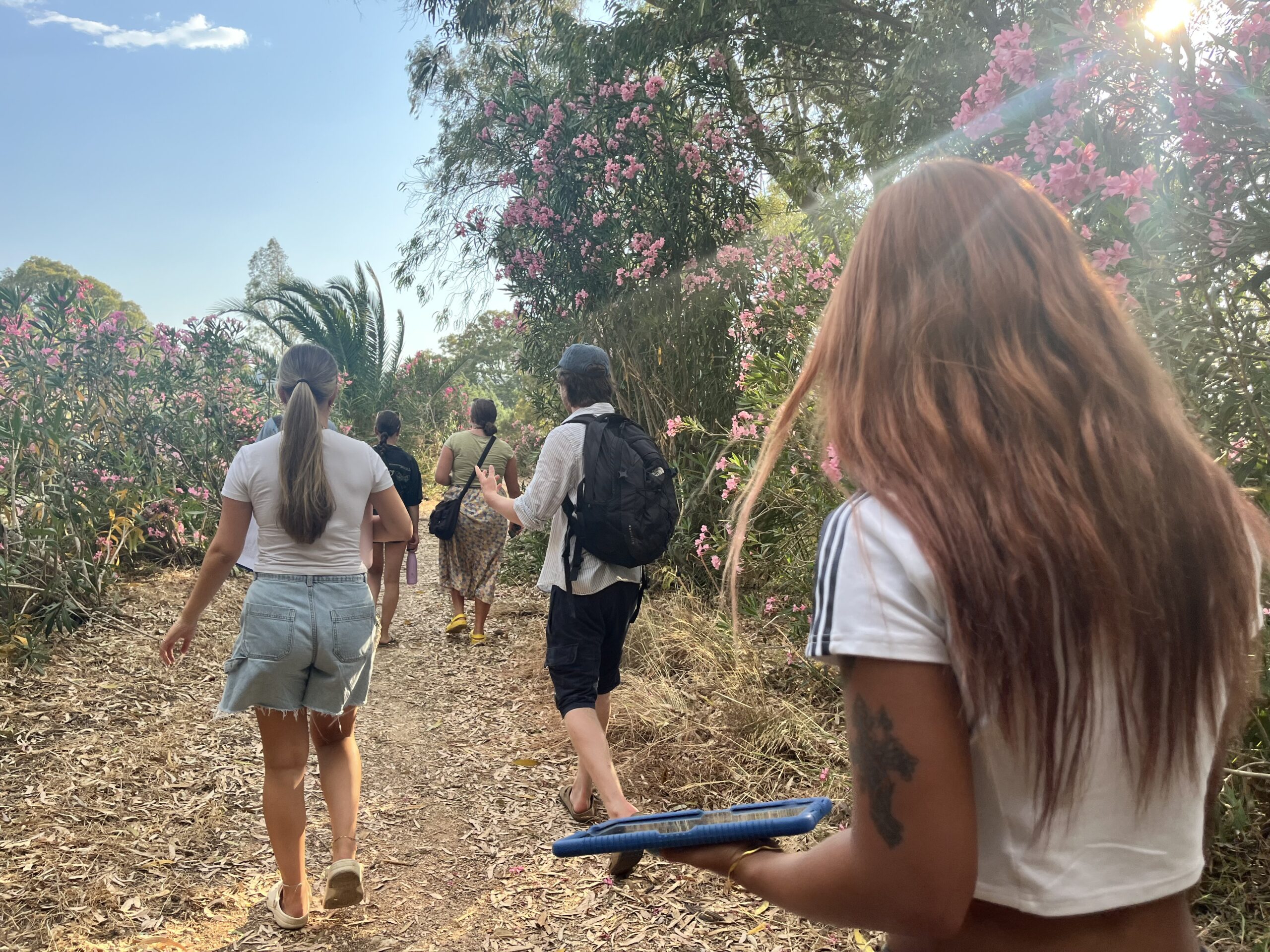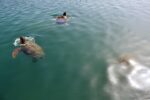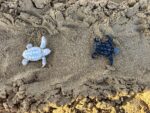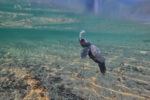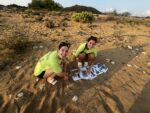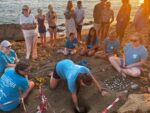Our Latest News- July 2, 2025
Lixouri Field Station
Gearing up to the peak of nesting season, the nest numbers in Lixouri are on the daily rise. The total nest count has more than doubled in the last two weeks, with the total nest count now reaching 62 in the Lixouri area.
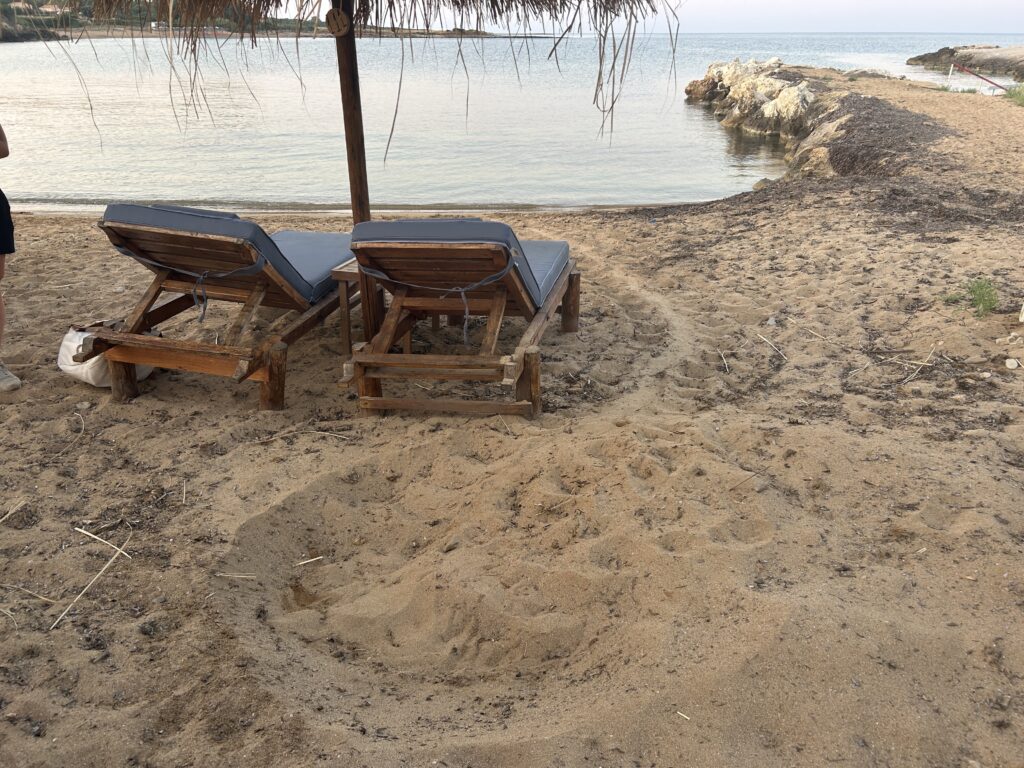
In the last week, one of the nests on the remote Agios Georgios Cape beach has experienced predation. This is expected to be by small mammals- pine martens. Volunteers helped restore the nest’s protection in addition to adding cages over all of the nests on this beach for extra security.
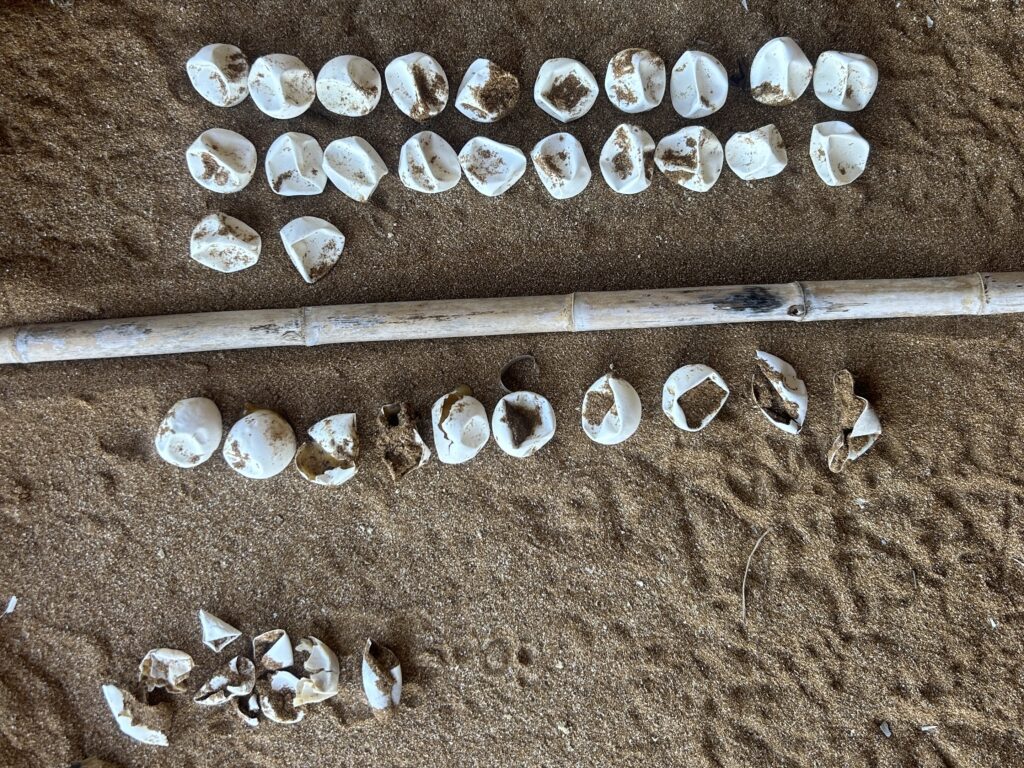
Two volunteers spotted a juvenile loggerhead, which was not behaving normally and informed the team. The turtle was removed from the water, and the team gave it a quick inspection, where it was found to have a carapace injury with parasitic barnacles growing inside. These were removed safely, and the turtle was returned to sea, where it was observed exhibiting normal behaviour once again. Not only have the researchers been helping with turtle conservation, but they have also been assisting other wildlife in the area. Both a juvenile peregrine falcon and an Eurasian scops owl fledgling have been reunited with their parents and helped to safety, with the help of the researchers and tourists.
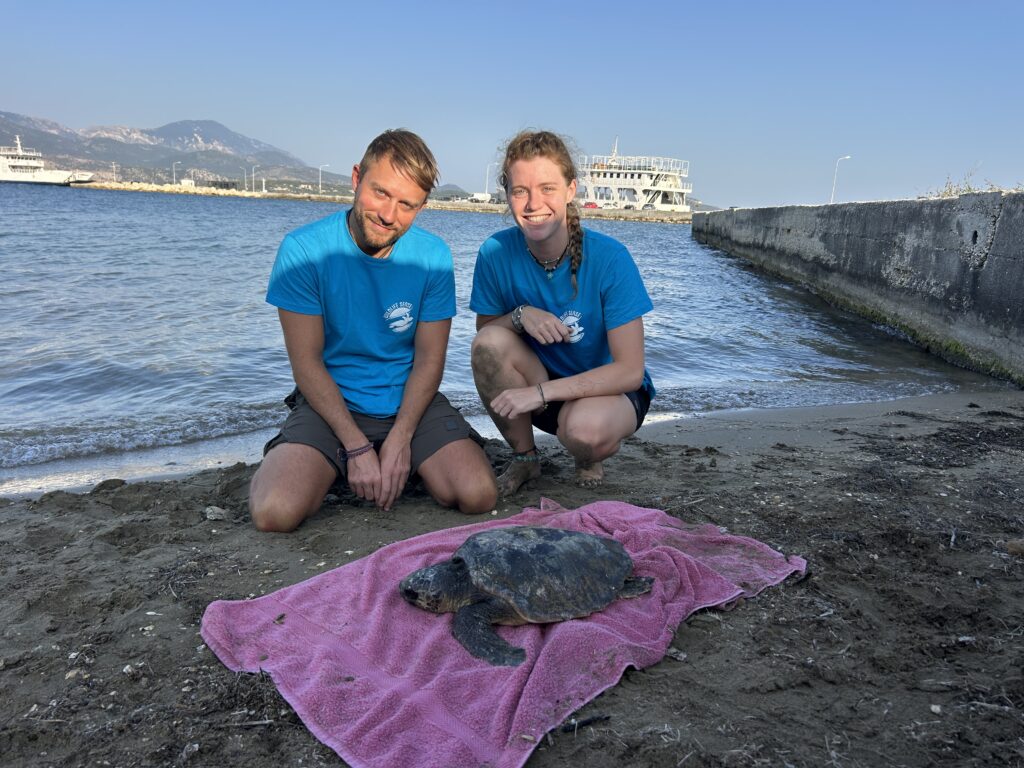
Argostoli Field Station
We have had a busy couple of weeks here at the Argostoli field station with over 50 nests recorded and protected, with many more to follow! Our volunteers have been very busy on Morning surveys, locating tracks and having the privilege of finding these new nests. We have relocated over 30 of these nests to a safer location, giving these eggs the best chance of survival when they hatch in a couple of months.
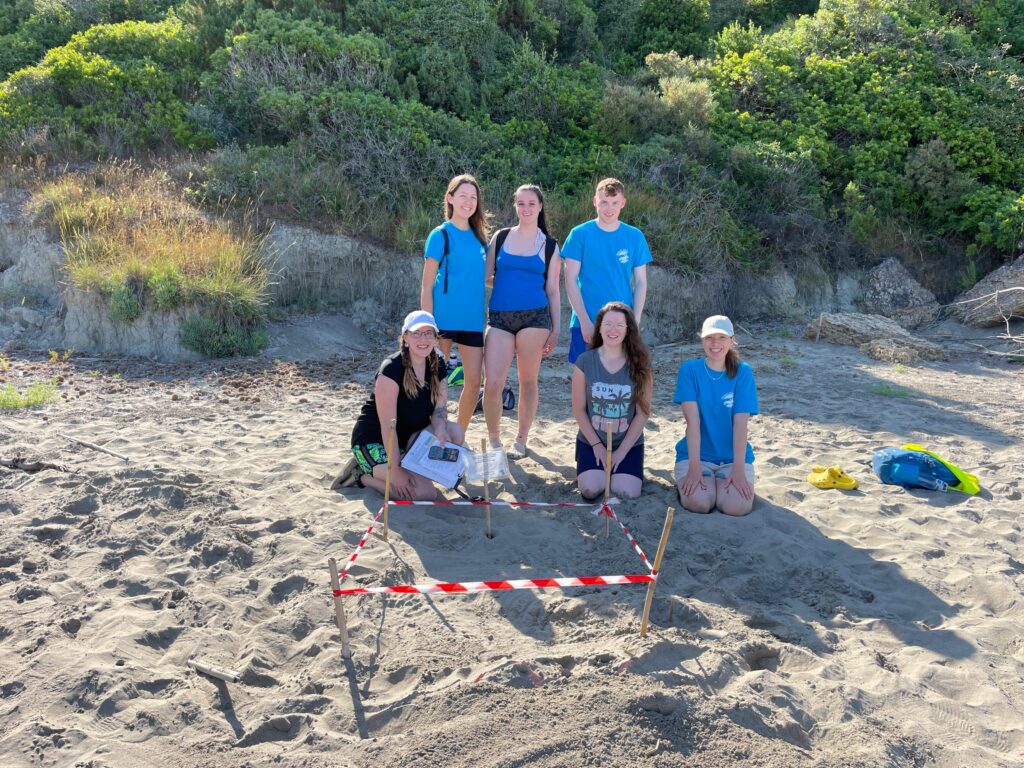
Sadly, we had 3 rescue events over these two weeks. One injured Loggerhead came into our care after being spotted with buoyancy issues by our volunteers on an evening shift and our team reacted quickly, rescuing Carlos. He was later sent to the rehabilitation center in Athens where he is receiving specialist care and will hopefully make a full recovery! Our second rescue was another newly tagged individual called Coral. She sadly lost her front left flipper due to a line entanglement around her front and rear left flippers. She was thankfully spotted by our drone and was rescued alongside Carlos and was also sent to the rehabilitation center. We anticipate her full recovery soon!
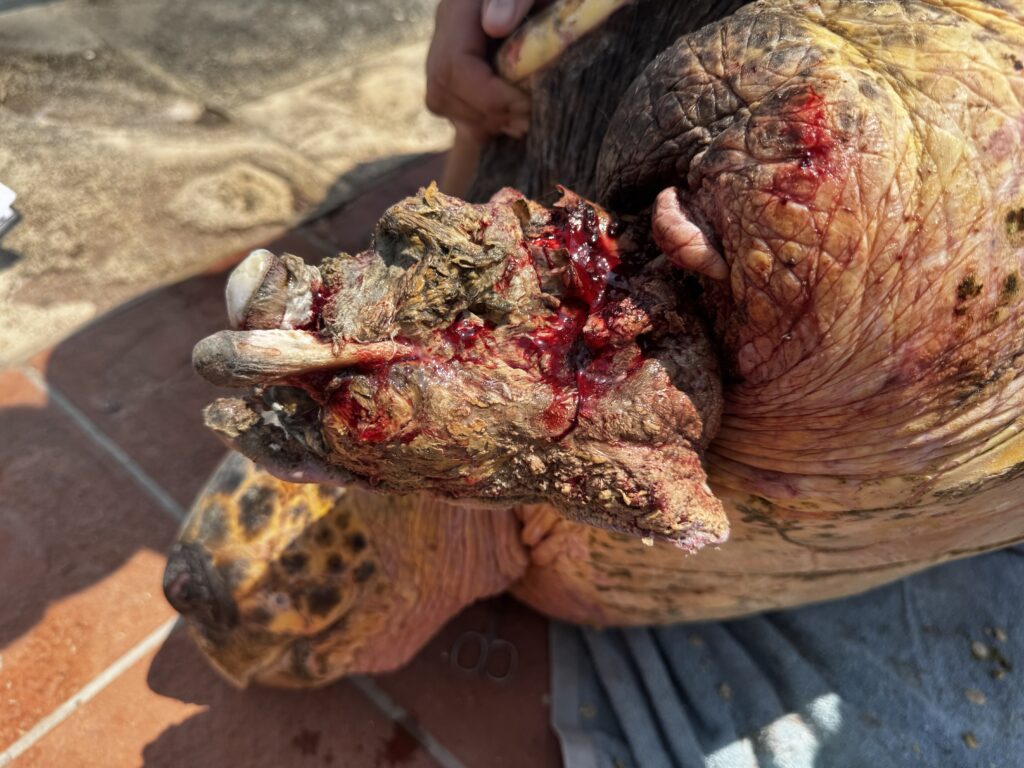
Our most recent rescue was Macaroni, found in Ithaca Bay with an ingested hook and line. Being under 2 years old, Macaroni was also sent to Athens, where more specialized care will be given. We hope to see them all thriving again soon!
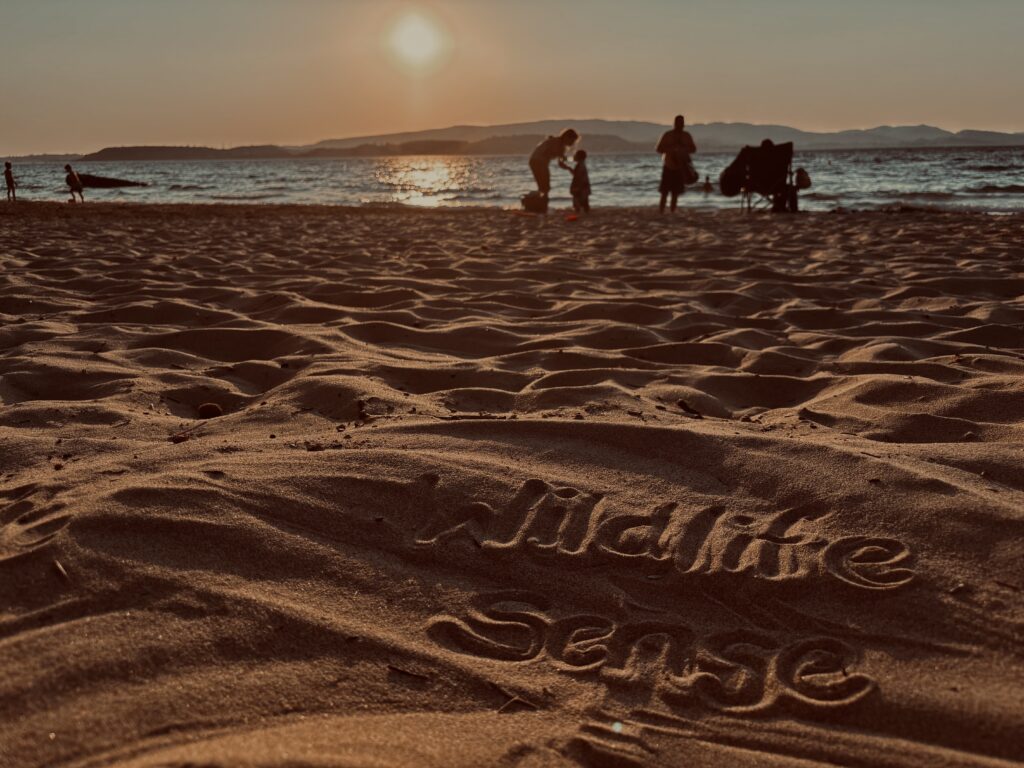
Education Program
In the past couple of weeks, the 2025 season has well and truly taken off here in the Education Programme and Lourdas area. With the help of our volunteers, we have recorded 106 sea turtle emergences in the Lourdas area since our last newsletter, and our total nest count has risen to 13. These emergences included a range of assessments from abandoned egg chambers to non-nesting attempts and some very exciting nests!
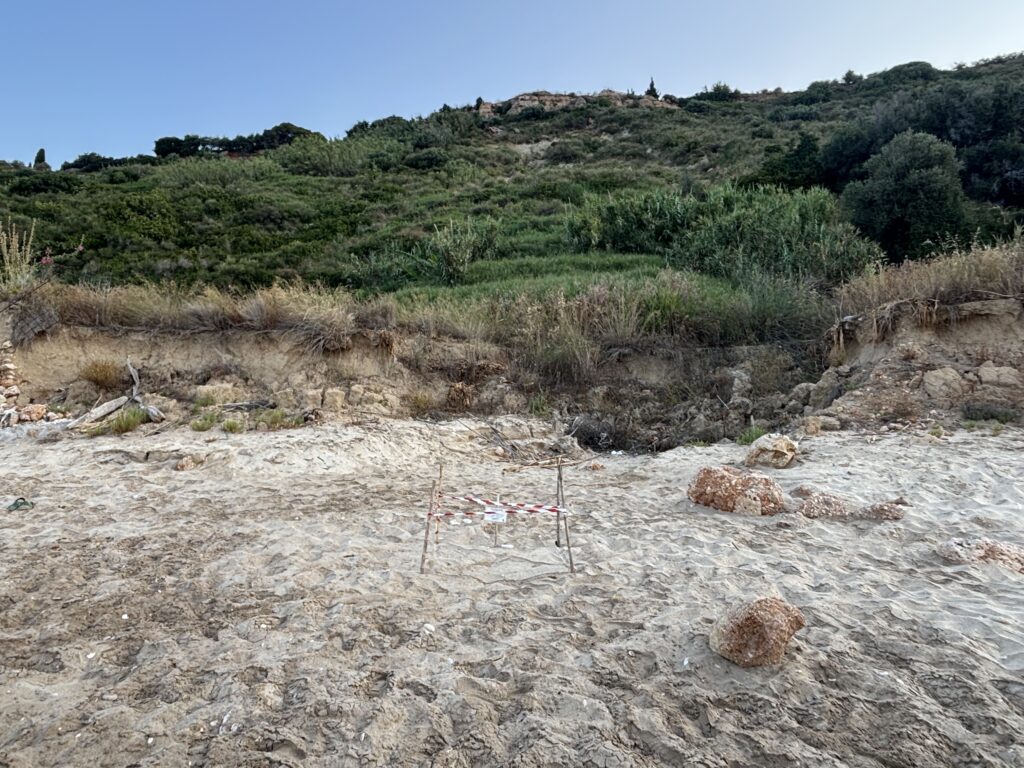
Volunteer groups assisted with the relocation of nests where necessary, namely a nest relocation from Lourdas to Kanali on 27th June with a clutch of 109 eggs. Interestingly, the clutches so far have ranged from 91 to 112 eggs, with all but one nest being above average for the Lourdas area!
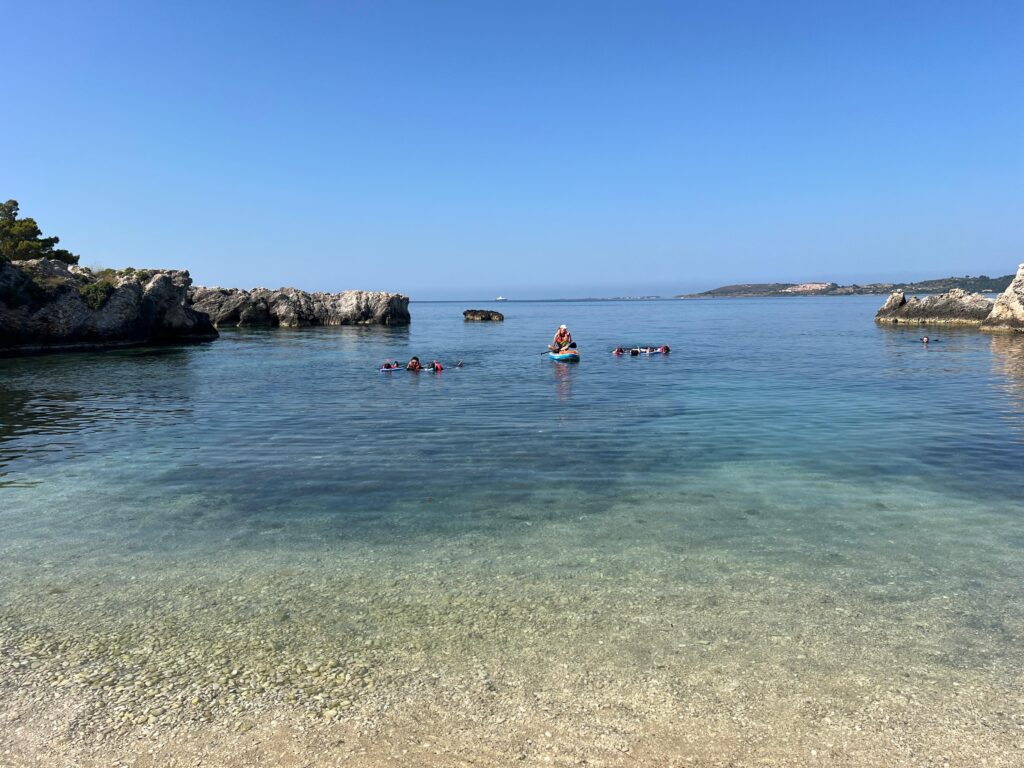
As mentioned in our last newsletter post, we are surveying new beaches for Posidonia oceanica – a seagrass species endemic to the Mediterranean Sea. Volunteer groups have learnt about Posidonia through presentations, and have efficiently and effectively collected high-quality data that allows us to monitor this seagrass around Kefalonia. During both seagrass surveys and harbour surveys, our groups have spotted some amazing marine wildlife, including rainbow wrasse, red sea stars, a ray and sea slugs!
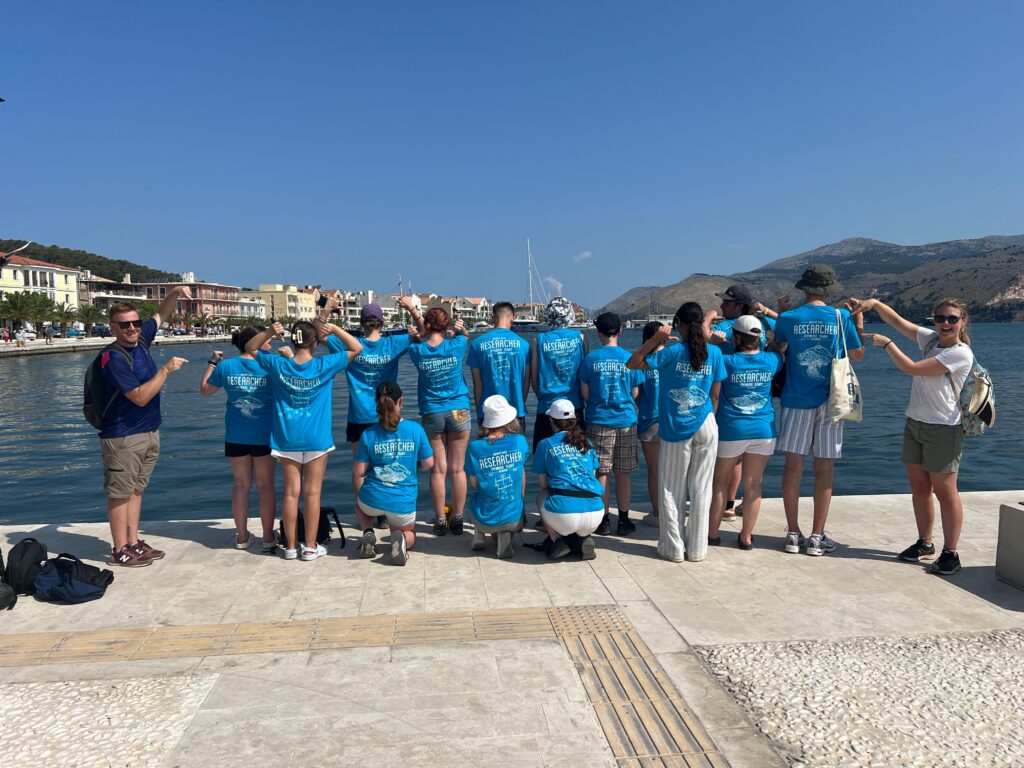
Skala Field Station
As the month of June has come to an end, we said goodbye to our second group of the season and welcomed our third. After two weeks, this group once again really set us up for a great rest of the season.
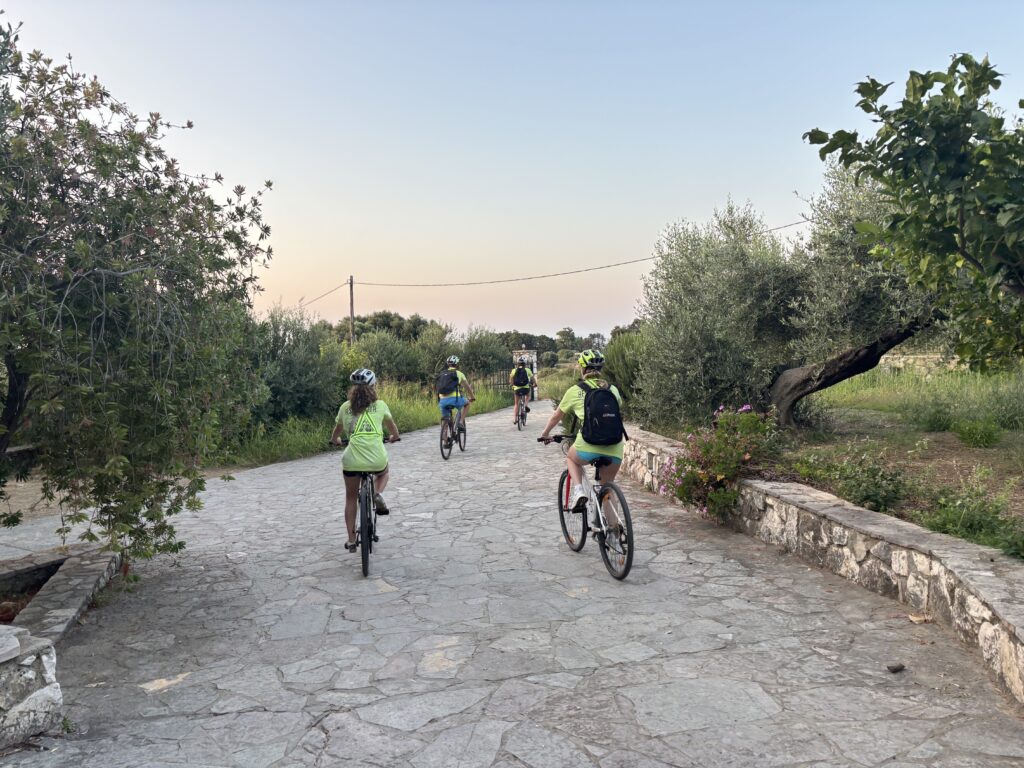
With 151 quadrats being surveyed on Mounda and Skala beach during their Sand Dune Surveys, they have really made an impact on our efforts to map sand dunes on both of these beaches. They ended a successful two weeks with a lovely meal out in Skala, where they tried Greek cuisine and a range of other delicious dishes on offer, which was well deserved after two weeks of hard work.
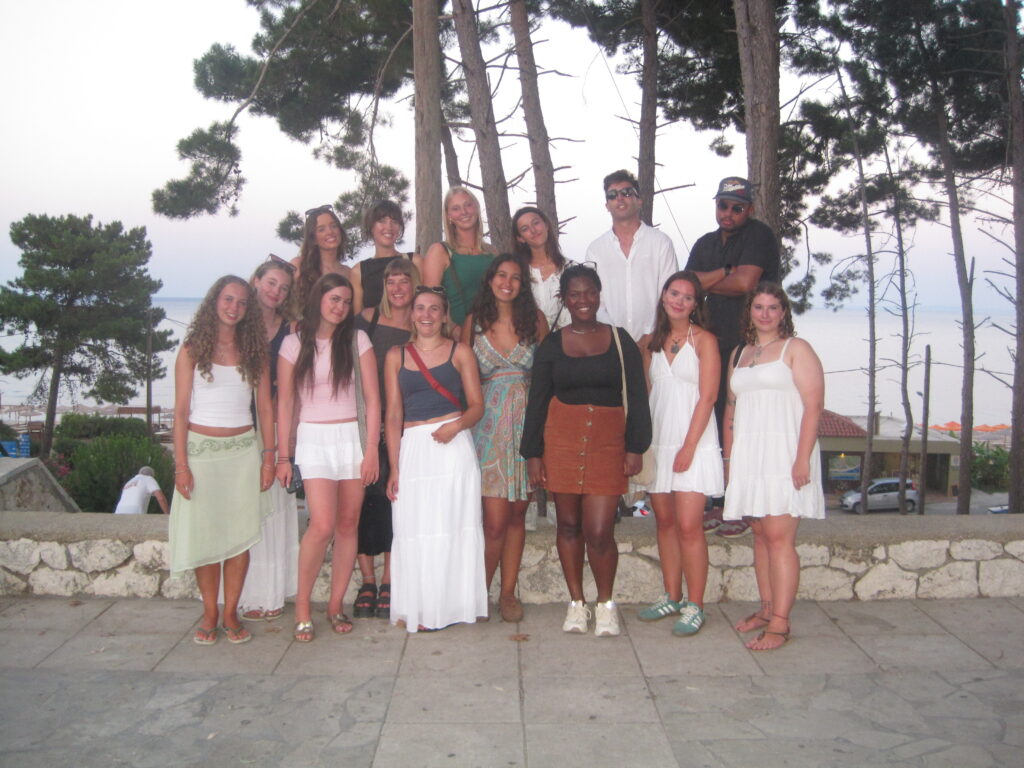
The newest arrivals started their first day of shift with a sighting of three turtles during their snorkel survey, which all of them were spotted during the first five minutes of the shift. Luckily enough, we caught a glimpse of one of them on the GoPro photos, and this individual was first sighted on Mounda beach six years ago in 2019 by one of our year-round team, Harry. We were able to identify this male turtle through a headshot of the individual scutes on his head. This turtle is frequently sighted in the large Posidonia meadows on Mounda beach.
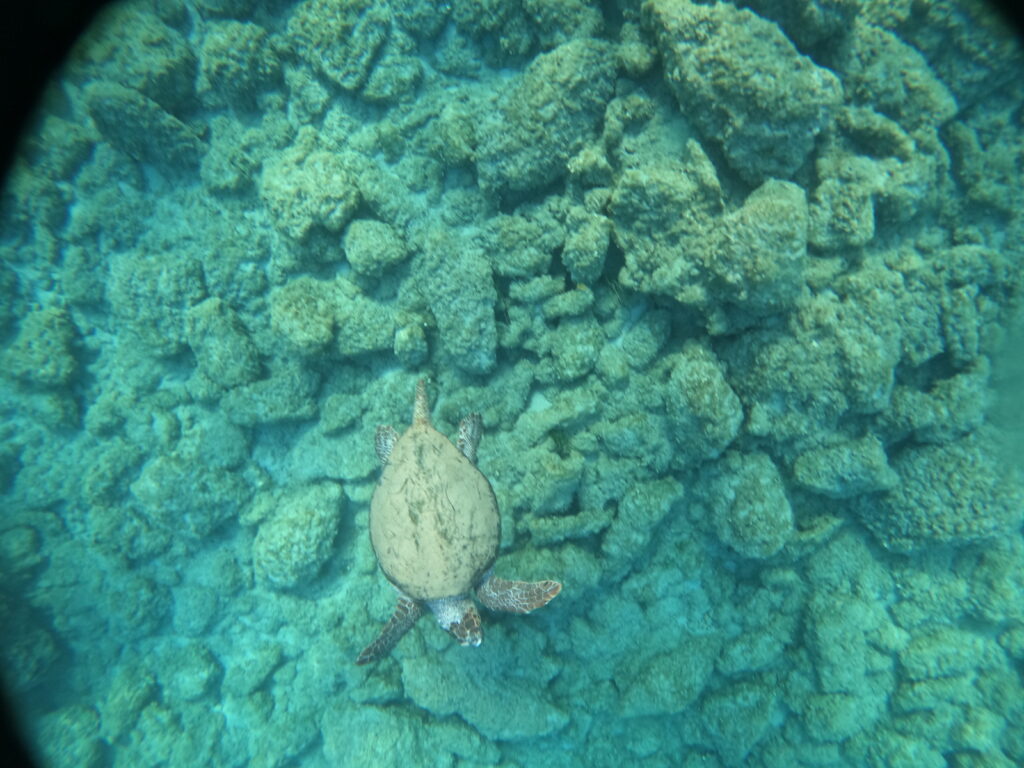
We look forward to seeing all of the valuable data this group collects and hearing all about their adventures on their days off !!!!!
Svoronata Field Station
The start of our newest group of volunteers has already brought great results. An increase in volunteer numbers has allowed us to cover even more areas of seagrass growth. The observation of a loggerhead sea turtle on a recent snorkel survey through the lush grasses of Posidonia oceanica filled us with great excitement.
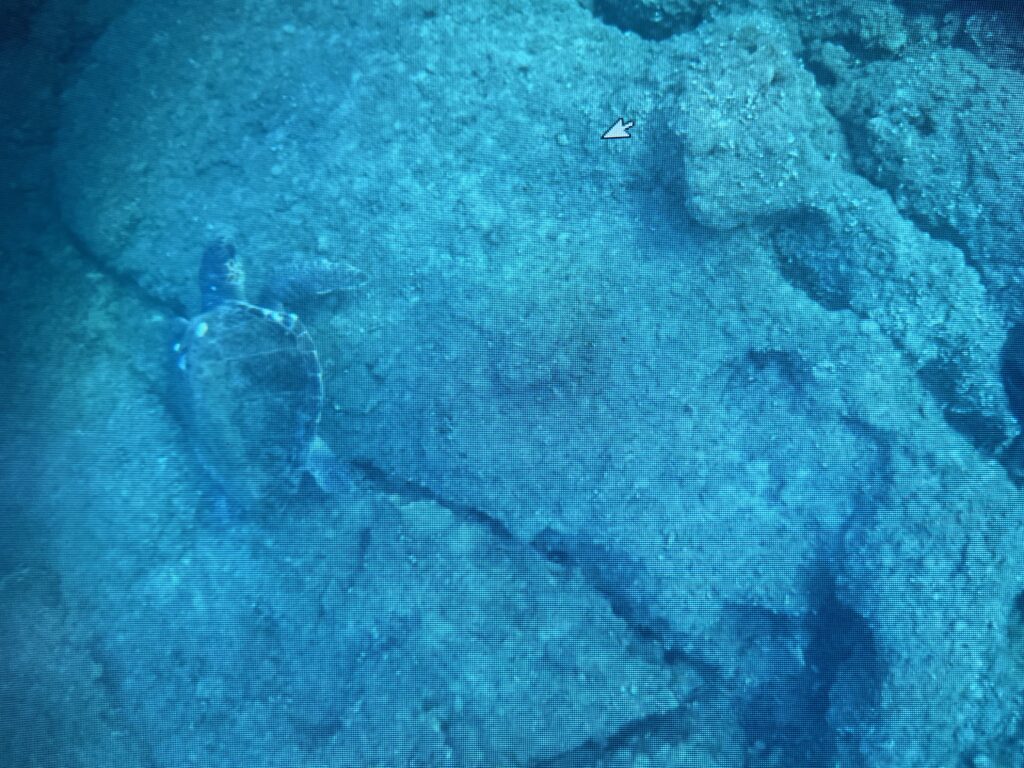
Although green sea turtles are the primary turtles found around our local seagrass due to their diet, we welcome the sight of the magnificent sea creature. Our most recent bird survey used a telescope to observe the beautiful Eurasian Nightjar that had landed. This nocturnal bird is known for its agile flying and its ability to camouflage itself. Mainly found in Europe, the Eurasian Nightjar’s population has recently begun to increase after a significant loss from the destruction of its habitat.
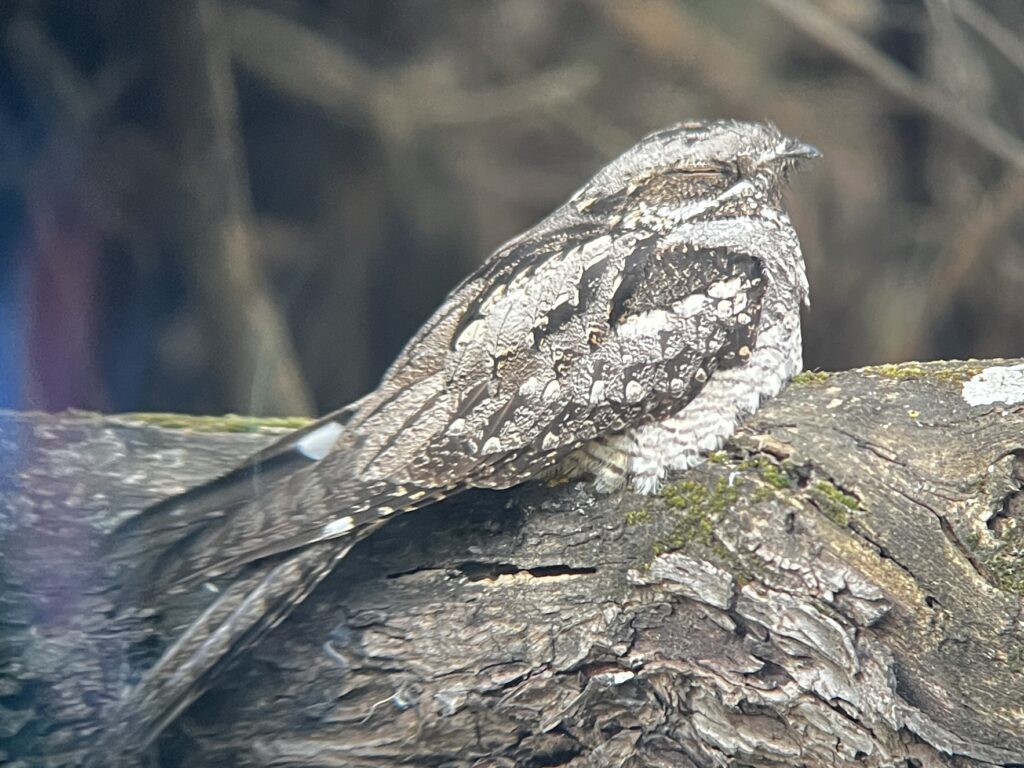
With the arrival of new volunteers, we have also begun new observations of several different beaches on the island. We have created dune survey locations and beach clean-up survey locations, in addition to new snorkel beaches that cover diverse areas of seagrass growth. Our last several Coastal Species Identification and Biodiversity surveys identified over ten new plant species that were unknown to the local dune systems. This is significant because it highlights the biodiversity that thrives through the dune systems and the growth of the dune as more plants sprout.
